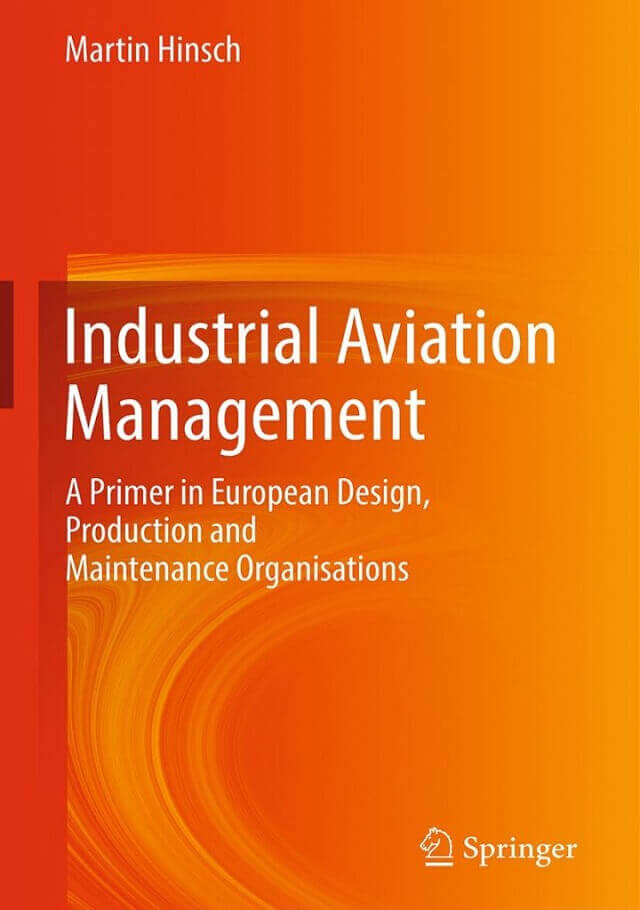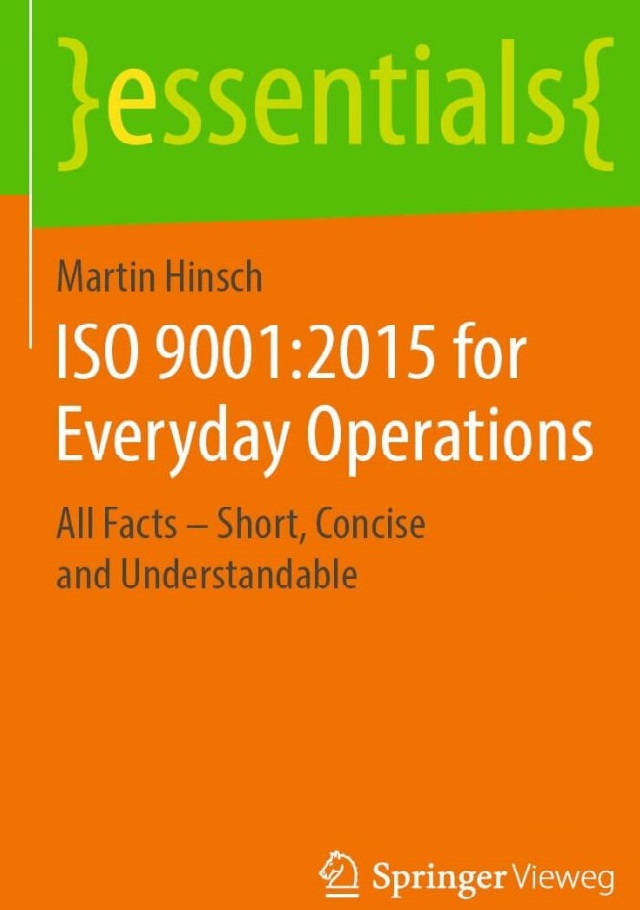Basics of APQP in Aviation
For some years now, a new management methodology has been gaining acceptance in the aerospace supply industry: advanced product quality planning (APQP). In short, it is a structured approach to advance quality planning in design and manufacturing. With APQP, developments are to be planned and realized as a single project in terms of scheduling, costs and quality, from the time they are commissioned to the completion of series ramp-up. A key characteristic of APQP is strict monitoring based on defined tools and the uniform documentation structure for project planning and technical processes.
The goal is error prevention before later error detection. The focus is on coherent product development on the one hand and conceptual design of production processes on the other. The latter comes up short in most design projects. In operational practice, they are often processed without adequate consideration of production requirements. Design projects therefore end with the design freeze and not, as would be better, with the completion of the series ramp-up.
Advanced Product Quality Planning solves this dilemma by combining development and production under one roof on the project side with a series of tools. APQP’s greatest advantage is in production, because it makes the series ramp-up more transparent and greatly systematizes and thus simplifies production control in this phase.
This allows weak points to be identified during product or process development, or at the latest during the validation phase of series ramp-up. Product and process risks in the phase after series release, whether in design, manufacturing technology or the supply chain, are thus minimized.
The history of APQP
APQP was conceptualized in the mid-1990s by major U.S. automakers through the Automotive Industry Action Group (AIAG) and rolled out throughout their supply chain. Following its success there, APQP was adopted by the German automotive industry and included in VDA Volume 4.3 “Assuring quality before series production”.
A few years ago, the aviation industry also discovered Advanced Product Quality Planning:
- A separate APQP standard for the aerospace industry was developed by SAE and published internationally: EN 9145:2019 – Aerospace – Requirements for advance product quality planning and the production part release procedure.
- Airbus has incorporated APQP into the Airbus Supplier Requirements (ASR), making it mandatory as an important supply chain tool. Suppliers are currently being asked to integrate APQP into their operational process
APQP process
With APQP, one should speak less of a tool and more of a process. This is because it is not a single tool, but a bundle of activities that are processed partly in parallel, partly one after the other. Usually, the APQP is divided into the following 5 phases.
- Planning,
- Product design and development,
- Process design and development,
- Product and process confirmation (validation)
- Feedback, assessment and corrective actions, lessons learned.

Phase 1: Planning
The second step is to determine the detection method. Elements are usually tests, analyses and calculations. The exact nature of the verification should be derived directly from the customer’s specification or requirements document. If, however, no clear information is given on the verification method, but reference is made to a paragraph in the certification specification (CS) or to an SAE or RTCA document, these must be interpreted by the engineering itself and/or the necessary information must be requested from the customer. In addition, special conditions for the subsequent use of the equipment must be taken into account, as these generally have an effect on the test requirements.
Phase 2: Product design and development
In the context of typical development activities, the following activities are at the forefront of this phase from an APQP perspective:
- Creation of the design documents
- Execution of a DFMEA and an S-FMEA for the interfaces
- Listing of critical units and key features
So the goal is to specify the product and have design review and validation plans in place. In addition, it must be possible to identify and manage weaknesses and potential errors. The most important tool for this is the Failure Mode and Effects Analysis (FMEA), namely the System FMEA (S-FMEA) and the Design FMEA (DFMEA).
You want to implement APQP and PPAP and need help?
We support you!
Get a non-binding offer at or
+49 (0)40 5131 5291
Phase 3: Process design and development
In phase 3, the focus is on preparing production
- Production Process Definition
- Process and product key features in production
- PFMEA
- Control Plan
The focus is therefore on the mental anticipation of production, including the outsourced parts of the value chain. Important technical outputs are e.g.
- Process Flow Chart Diagram
- preliminary capacity assessment,
- Specification documentation for the work steps (production instructions)
- Plan for spatial process arrangement,
- Specifications for component marking, transport and material handling, packaging and labeling
In addition, a control plan with methods and test points must be defined in this phase of the process definition in order to be able to verify the fulfillment of the customer requirements. In parallel, the structures of a measurement system (MSA) are to be established that includes in particular the results from the PFMEA, the key characteristics and the supply chain. Thus, the first PPAP activities take place in this phase.
At the end of this phase of process development or manufacturing preparation, there is then the Production Readiness Review (PRR).
Phase 4: Product and process confirmation (validation)
Inseparably linked to APQP is the Production Part Approval Process (PPAP). This is not so much during design phase as the production side of APQP. PPAP starts with the APQP results developed up to that point.
PPAP is the validation of the development and production process. The aim is to confirm that the production process has shown the potential to produce the products and that all the requirements can be met according to the customer demand rate.
The PPAP process already starts in phase 3 with preparatory, planning activities. Implementation takes place in this phase 4. The most important components are
- Design Conformity Inspection (DCI), i.e. that the customer specifications in the design data have been implemented as specified and have been understood and correctly implemented by production (4F – Form, Fit, Function, Fatigue, Interference, etc.),
- First Article Inspection (FAI) whether the processes, equipment and raw materials provide stable production with identical results
- Run@rate testing, i.e. the ability to meet the performance rate required by the customer. The company must have established an efficient production process and be able to manufacture the product sustainably in good quality to the extent of the intended production rate
- The verification documentation for the production in accordance with the requirements is provided
The control plan or the measurement system analysis (MSA) is used for processing.
It is important to have a high level of detail and careful documentation of all measurements. All results to demonstrate product conformance shall be recorded, i.e., characteristics, specifications, and performance requirements as specified in the design documents or as specified in the control plan. For material, this includes testing chemical, physical and metallurgical properties. The measurement results must be available for each production process, production line, machining area and for all relevant operating equipment, molds and forming tools, templates, etc. (Process Capability Studies).
At the end of the PPAP and as the overall conclusion of the APQP process, there is the Part Submission Warrant (PSW), i.e. the release approval for series production.
Critical success factors
In principle, small and medium-sized enterprises (SMEs) in particular face a major challenge in setting up APQP and PPAP structures. Often, companies of this size lack the methodological competence and the ability or willingness to provide the necessary resources.
Once the barriers have been overcome, further weaknesses often become apparent in consistent project management with strict application of the prescribed tools. It is not uncommon for these to be implemented only in the minimal version and for individual steps or checks to be dispensed with altogether. A similar picture emerges in the area of documentation, which is often not managed with the necessary care and consistency in operational practice.
Our Books
Do you already know our books on technical aviation management?


